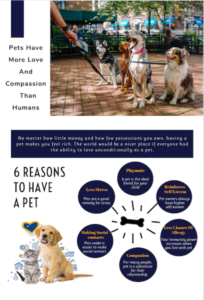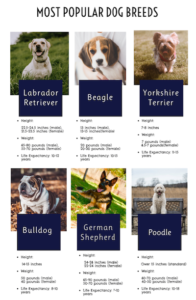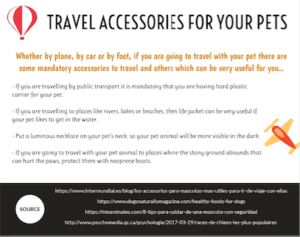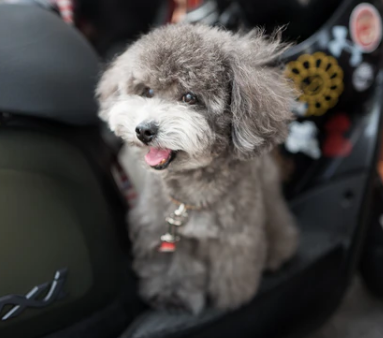How To Fly With Your Pet – 7 tips
Are you wondering what to do with your pet while on vacation? Of course, the easiest way is to ask a loved one to look after our pet. All kinds of hotels for animals are also thriving, but many people do not want to leave their four-legged pets in such an establishment. Or maybe you decide to transport your dog by plane? Here is a short guide on flying with animals.
For more information about maintaining a dog you can check at <a href=”https://www.smartdoglover.com/”>Smart Dog Lover</a>
- Take care of all formalities
Preparation of a ferret, dog or cat for travel should be started by completing all formalities. Make sure your pet has:
Chip. It is a special device enabling the animal to be identified in the event of it disappearing while abroad. The implantation is carried out by a veterinarian. In addition, remember that without a chip, your pet will not receive the passport needed for travel abroad. This applies not only to travel by plane but also by land.
Vaccination against rabies. It is extremely important to do this after the chip has been implanted, otherwise, you will need to be revaccinated.
Animal passport. It is issued by a veterinarian. Until 2011, it was possible to put a special tattoo on the body of the animal, confirming the belonging of the quadruped to a specific person, but now this method has been completely abandoned in favor of chips.
- Check the airline requirements
Make sure you know in advance whether the line you intend to use does not have regulations prohibiting the transport of animals. In most low-cost airlines, quadrupeds without a special guide dog status cannot be carried. In most regular airlines, the total weight of the animal and the cage in which the animal stays on board must not exceed 6-8kg. Larger dogs are then transported in cages in the luggage compartment.
The cage must meet the IATA standardized requirements, e.g. full water tightness and padlock closing are required. A dog staying in such a container must be able to stand up freely, turn around and lie down in a natural position. If the space in the cage allows it, you can keep more than one dog in it, because the maximum total weight of the cage can be up to 75kg. Unfortunately, during the flight, it is not possible to visit a pet in the hold.
- Prepare your pet for the flight
Please note that dogs and cats are not naturally suited to travel by plane. Each flight, especially in the baggage hold, is a huge stress for them. That is why it is worth considering whether taking your pet on a trip is really necessary. If so, it is extremely important to prepare your pet for the flight in advance. You must not feed your pet 4 hours before traveling. Many people recommend giving the dog a special sedative tablet, however, you should consult your veterinarian about this.
- Warn the airline about your pets on board
Before a scheduled flight, it is necessary to contact the carrier’s office and inform in advance about the planned departure of the animal. It does not matter in this case whether it is an assistance dog or an ordinary domestic pet. Additionally, you should be at the airport for a significant amount of time.
- Remember about the privileges of guide dogs
Special rights are granted to animals assisting people with disabilities. These types of dogs are exempt from all fees required. However, you must remember to bring your muzzle with you. It is true that the dog does not have to wear it during the flight, but the owner is required to carry this part of the equipment of the traveling animal. Unfortunately, people using assistance dogs cannot use first-class, and boarding of low-cost airlines with such a dog is forbidden on some routes.
- Keep reptiles better at home
When it comes to transporting reptiles, it is much more difficult than dogs or cats. Many airlines do not provide transport for this type of animal. Most low-cost carriers have a regulation stating that they will not be allowed to transport animals, except dogs.




This blog was contributed by Helen L. If you would like to submit a blog please email cynthia@newyorkdognanny.com




